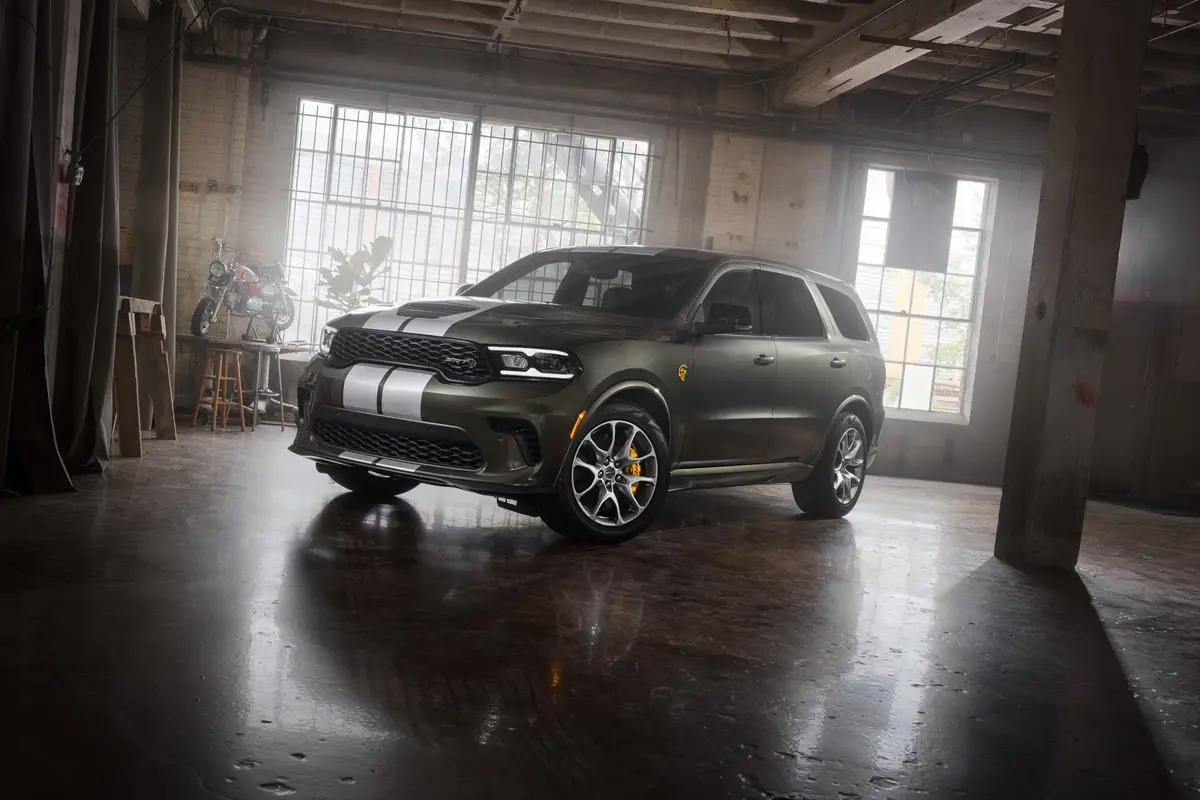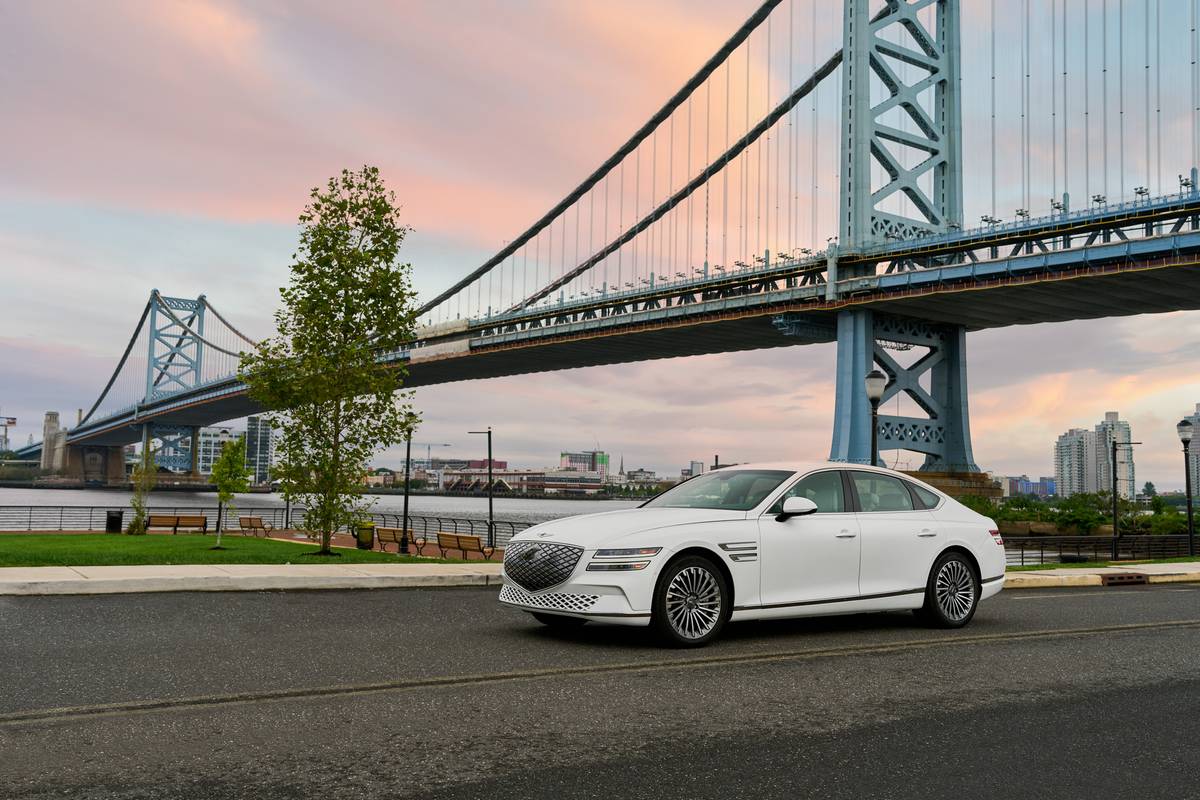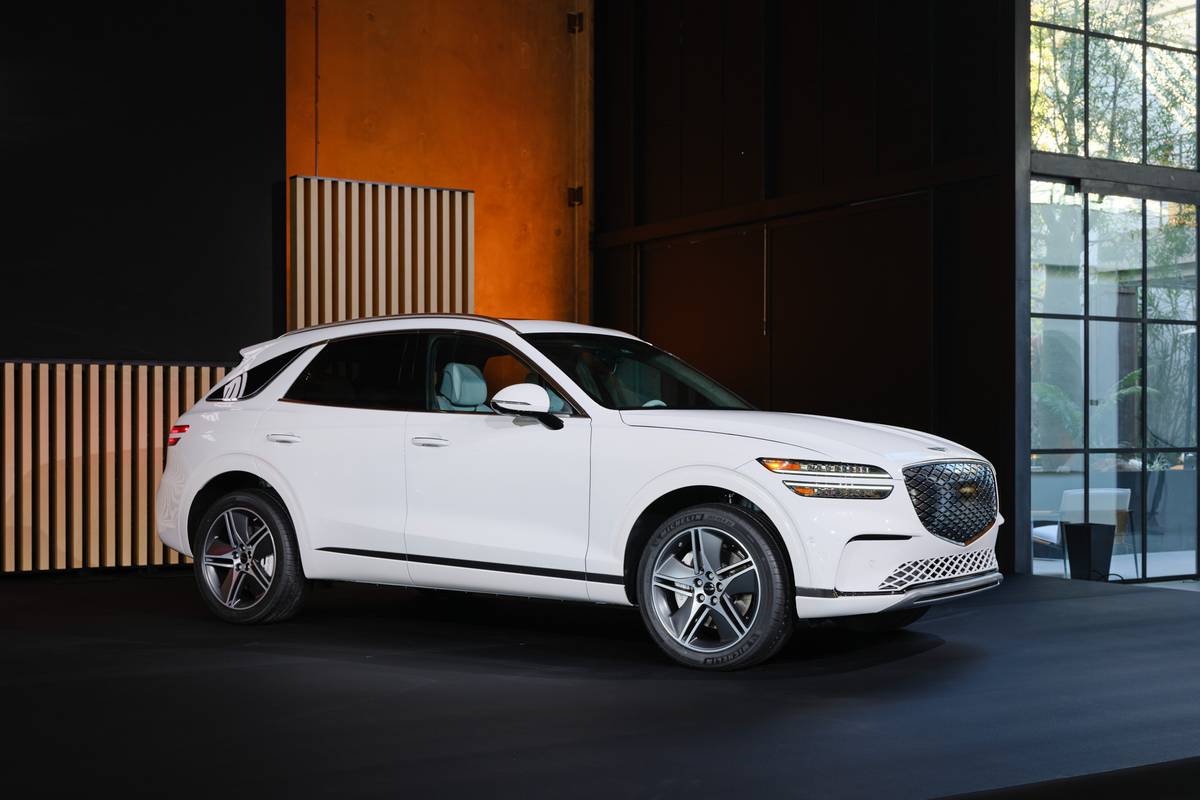Orlando Sentinel's view
For years, Ford’s Mustang has been battling General Motors’ Pontiac Firebird and Chevrolet’s Camaro in the sports car/muscle car segment of the market.
Dodge wasn’t even in the race.
Now the Mustang, Camaro and Firebird – all at least a decade old – are rolling antiques compared with the Stealth, which now can stake a legitimate claim to being America’s best pony/muscle car. Ford and GM are going to have to speed up the new versions of their pony cars or risk losing a considerable portion of the market to Dodge.
The importers better watch their flanks, too. The Stealth also is a powerful competitor to such cars as the Nissan 300 ZX Turbo, Mazda RX-7 and Toyota Supra.
Thanks to a bevy of options and engine configurations, the less-expensive Stealth promises to be a mighty attractive competitor to the imports.
And it’s true, just like the B-2 Stealth Bomber you really can’t see the Dodge Stealth either. Just go down to your local Dodge dealer and see how many Stealths they have available. As soon as they are unloaded from the delivery truck, they are sold.
The Stealth may be the hottest car of 1991. With the sluggish economy and high fuel prices, it has pumped some real excitement into the industry. Not since the original Dodge Daytona and Plymouth Superbird of 1970, has Chrysler fielded such a head-turning, high-performance machine.
There’s been some not-so patriotic noise about the Japanese nature of the car. Here’s the story. The Stealth is a direct descendent of the 1988 Dodge Intrepid concept car. Dodge did all the design work, but farmed out the engineering and manufacturing chores to its Japanese partner, Mitsubishi, of which Chrysler owns 12 percent. This arrangement is similar to the Ford/Mazda deal that resulted in the new Escort. Mitsubishi was given a version of the car called the 3000GT.
This road test is a bit different than most. Chrysler provided two Stealths, the $16,000 base model and the $29,000 fully equipped R/T Turbo. After driving both of these four-wheeled, grin machines, I’m convinced that no matter how a Stealth is equipped, the chances are good you’ll be extremely pleased with its performance, styling and value.
The Stealth is the best thing from Chrysler since the minivan.
ENGINES, PERFORMANCE
The entry level Stealth comes with a Mitsubishi-built, 3.0-liter, SOHC, 164-horsepower V-6. The test car came with a four-speed, overdrive, automatic transmission. The higher performance R/T Turbo comes with a Mitsubishi-built, 3.0-liter, 24-valve, DOHC, 300-horsepower V-6. This engine features two intercooled turbochargers. The test car came with a five-speed manual transmission.
What really shocked me about the base Stealth is the fuel economy it delivers. You don’t expect something that looks like a Ferrari to sip gas like an economy car. I drove the base car hard with the air conditioning on and got nearly 25 miles per gallon in combin ed city/highway driving.
Though the base model looks fairly tame compared with what’s on the rest of the menu (a non-turbocharged version of the 24-valve V-6 is available), its overall performance was excellent. If you don’t mind shifting, perhaps the best way to order a base model is with the manual transmission.
Though there certainly isn’t anything wrong with the automatic transmission, if you are on a tight budget and want to squeeze the maximum amount of performance out of the base model, the best way to get the power to the wheels is with the five-speed.
The engine idles so smoothly you can hardly feel it running. It pulls strongly and consistently all the way up to the red line. Very little engine noise finds its way into the cockpit no matter how hard the car is driven. The exhaust note is very quiet. A little more growl would easily suit the aggressive nature of the car.
My editor and I logged nearly 1,000 miles in two weeks in the base car, and it r n flawlessly the entire time.
The R/T Turbo version is not for everyone. It sports some serious performance capabilities. If a top speed of 160 mph doesn’t start your heart pounding, then a 0 to 60 time of about 5.3 seconds will. The R/T Turbo, however, has a very healthy appetite for gas. Driven hard, the best mileage I could muster was 14 mpg. The nice thing is both models run on the lowest grade octane gas.
You might wonder why the R/T Turbo costs nearly twice as much as the base car. It’s not just the engine that’s different. The R/T Turbo is packed with all the high-tech equipment found in the world’s most exotic sports cars. It sports four-wheel steering, all-wheel drive, anti-lock, four-wheel disc brakes and a smorgasbord of high-performance equipment including a computerized suspension system and 17-inch huge wheels.
The top-of-the-line R/T Turbo Stealth goes one better than just being a pony car: It could be considered Chrysler’s Corvette – at least until the V-10 Dodge Viper appears in about a year. Power from the 300-horsepower engine is relentless. The accelerator should be called the exhilarator. Stepping on it is like being blasted out of a canon. The tachometer needle is nowhere near the danger zone when the car hits the national speed limit in second gear.
With the possible exception of the Corvette ZR-1 and the Acura NSX, no car will be ahead of you if you don’t want it there. The nice part of that equation is that the Dodge can be had for half the price of the Chevy or the Acura.
The five-speed shifted smoothly. The gears were perfectly spaced to match the torque and power of the engine. I generally liked the shifter, but I think that it could be made a bit more precise. The clutch was easy to use.
STEERING, HANDLING, BRAKING
The base Stealth is a front-wheel-drive car. I didn’t believe that until I opened the hood and saw the engine sitting sideways. If that puts you off, go take one for a test drive. You’ll see that the base Stealth’s road manners are just as good as that of a traditional rear-wheel-drive car. There’s no torque steer or wheel hop. The driver never has to fight with the steering wheel for control.
Handling is neutral. I couldn’t detect any oversteer or understeer. I forced both versions of the Stealth into high-speed cornering maneuvers and never once overwhelmed the suspension – even though there is a considerable weight difference between the two cars. The base version weighs 3,076 pounds and the R/T Turbo checks in at 3,793 pounds.
The combination of fat tires (on both models) and the car’s 72.4-inch width gives it a very flatfooted feeling. The R/T’s suspension system featured a button that changed the setting from touring to sport. In the sport mode, the car – which already is very stiff – got even tighter.
The brakes on the turbo were a bit of a disappointment. They worked fine, but I felt that any car that has the potenti al to take off like the space shuttle should be endowed with industrial-strength brakes. I couldn’t help but think of the awesome braking system on the BMW M5. If Chrysler and Mitsubishi engineers can come up with a system that potent for the Stealth and 3000GT, these cars would be nearly invincible.
FIT, FINISH, CONTROLS
There are some minor annoyances in the interior that need work. The door handles are nearly impossible to find at night. They need to be lighted. Switches for the window and door lock mechanism on the passenger’s side also need to be lighted.
The seats for the most part are fine. But the ones in the base car lack enough adjustments. And that’s not just my complaint. Others also voiced the same concern. Pretty soon you get tired of fighting with the seat and just get used to it. The seats belts kept popping out of their slots in the top of the seat.
The glove box must be there for decoration. Try to open it and it hits your passen er in the knees. However, there is ample room for all sorts of knickknacks in the glove box and in the huge center console.
The dash layout and the location of switches are excellent. The full analog gauge package keeps the driver informed of the car’s vital functions.
The back seat is useless. An adult has to sit sideways or risk losing circulation to the lower extremities. The rear hatchback area is not deep. In fact, a bag of groceries will not fit in the rear. The Stealth is not a small car.
Though the interior is put together very nicely, I wonder if Chrysler and Mitsubishi could have found a way to better use rear space.
For all practical purposes, if you approach the Stealth as a two-seater and treat it as such, you’ll have a more realistic view of the car’s capabilities.
The paint jobs on both cars were excellent. There were no rattles, squeaks or any other abnormal noises in either car. The air conditioning system is close to perfect.
Perhaps the thing that struck me the most about the Stealth is that the car already has a mystique about it. No matter where they were driven, both Stealths turned heads and made people smile. It drew crowds in parking lots and people flashed the thumbs-up sign.
Chrysler has created a car with exotic looks without the exotic price.
If asked to choose between the two cars, I’d go for the base model. The performance, styling, fuel economy and value for the dollar makes the car a steal.
The same also can be said of the R/T Turbo, especially when you start comparing the numbers with other performance cars. Either way, the Stealth is a warning shot across the bow of Ford, GM and the imports. Chrysler may be down right now, but the Stealth proves the nation’s No. 3 automaker is far from out.
Latest news



